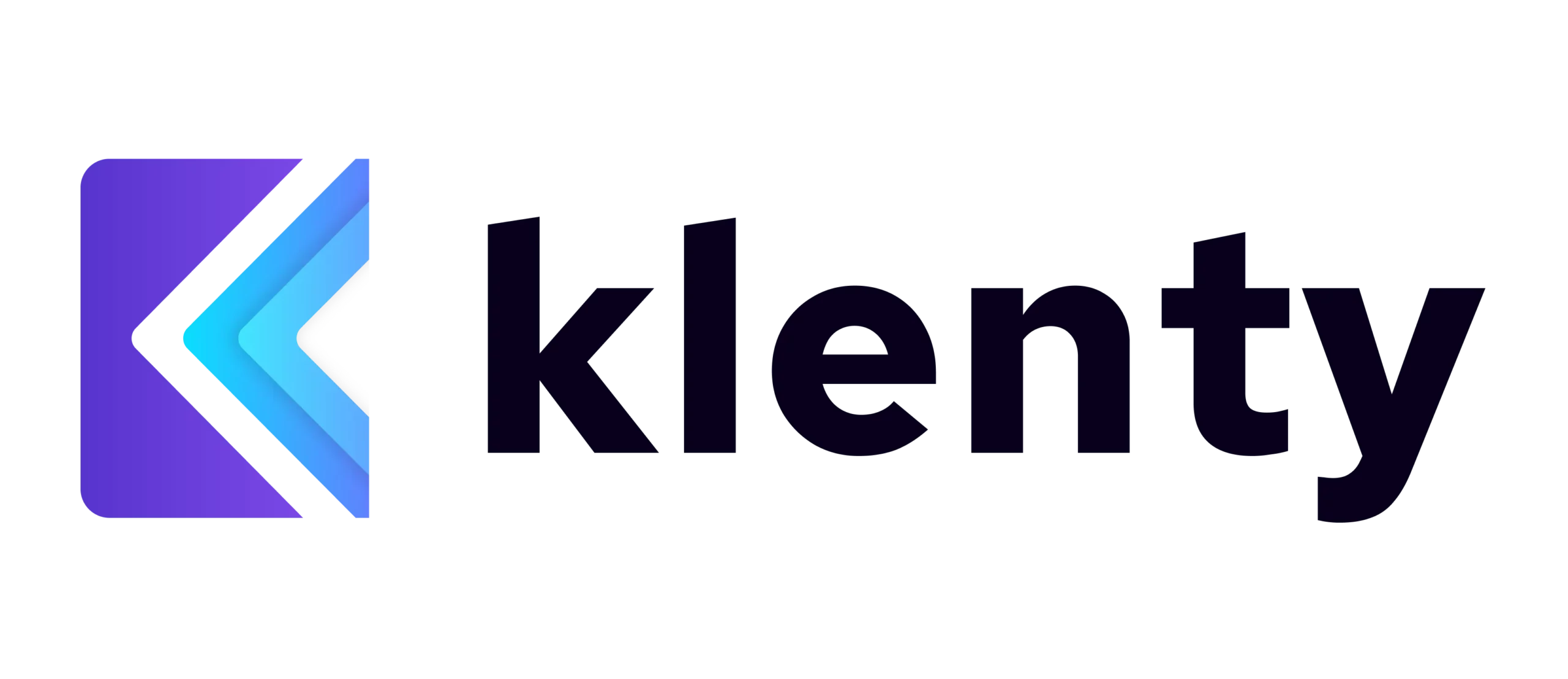What do you do when prospects answer your cold call only to drop the bomb that they're already set with a similar solution?
If you're new to the cold calling game, you might question your luck and ponder over your next move.
But don't slam the brakes and move on just yet!
These prospects aren't clueless—they know their problem and even have a solution in place. It's just not yours…yet.
As an SDR, your role is to navigate through this objection tactfully. It's about highlighting your solution's value while respecting their current choice.
In this blog, we’ll delve into 6 effective strategies to handle this objection. But before that, let’s quickly cover the reasons why prospects may be hesitant about having a conversation about a new solution.
Reasons Why Prospects Say “We’re Using Another Solution”
You need to find the actual reason that’s stopping the prospect from considering another solution. Without knowing this, it will be impossible for you to steer the conversation in a positive direction. Here are 5 primary reasons why prospects say this objection:
a) Satisfied with the current solution: The prospect is genuinely satisfied with their current solution's performance, cost, and service and sees no immediate reason to change.
b) Contractual Obligations: The prospect is locked into a contract with their current provider. Even if they're interested in your solution, legal or financial constraints may prevent them from switching immediately.
c) Fear of Change: Change involves risk and uncertainty. The prospect might be concerned about the potential disruption, learning curve, or costs of switching to a new solution.
d) Budget Constraints: According to a survey, 55% of sales reps said budget is the most common reason a promising deal falls apart. So, chances are your prospect might be operating under strict budget constraints that currently do not allow new investments or switching costs.
e) Lack of Awareness of the Benefits: The prospect may not be aware of the unique benefits or features your solution offers compared to their current one. They might not realize what they're missing out on.
6 Strategies To Overcome the “We’re Using Another Tool” Cold Calling Objection
Overcoming this cold calling objection can be challenging, but with the right approach, you can turn it into an opportunity to showcase the unique value of your product.
Whether you're a seasoned sales rep or new to the game, here are 6 effective strategies that can help you navigate through objections and improve your success rate in cold calling:
1. Acknowledge and Validate Their Current Choice
Demonstrate respect for the prospect's decision and gather insights into what aspects of their current tool they find most valuable.
When to use this: This approach is the best for prospects who say they are happy with their current solution.
Example: "Yeah, I’ve heard good things about [Prospect’s current solution]. May I ask what you like most about [Prospect’s current solution]?"Here’s how it helps:
- You respect the prospect’s current choice instead of being pushy. This approach helps to build trust and openness in the conversation.
- By asking the prospect what they find valuable in their current tool, you can understand what aspects of their current solution work well for them. With this, you gain an opportunity to highlight how your solution can do those same functions better.
2. Identify Gaps or Challenges
Ask cold call questions that encourage your prospects to share any pain points or unmet needs without directly criticizing their current tool.
When to use this: This approach is best for prospects who say there is no problem with their current solution.
Example: "Understood, and it sounds like a great choice. But in your experience of using the current solution, is there any capability you wish it had?"Why does this work?
- Criticizing a prospect's current tool can lead to defensiveness or resistance. Refraining from direct criticism keeps the conversation constructive and avoids putting the prospect on the defensive.
- You prompt them to reflect on their experiences and identify any pain points or limitations they may have encountered. This encourages the prospect to think critically about their current situation and opens the door for them to express any unmet needs or challenges they may be facing.
- Once you’ve identified gaps, you can tailor your pitch effectively by highlighting how your solution can address the prospect's specific challenges, increasing the likelihood of capturing their interest and moving the conversation forward.
3. Highlight Your Unique Value Proposition
Explain to the prospects how your tool differs from their current solution. And how your solution can better solve their challenge than their current solution.
When to use this: This approach works for prospects who open up on some challenges with their current solution.
Example: “Based on what you've shared, we specialize in [unique feature/benefit] that addresses [specific challenge or need]. Would you be open to learning more about how we can help you?”Here’s why this works:
- Your tailored response shows that you've actively listened to their concerns and are genuinely interested in providing a better solution to help them achieve their goals.
- After showcasing the solution’s value and relevance, you’re inviting them to learn more about how your tool can help them without any pressure. It gives your prospect a sense of control, reducing resistance to consider alternative options.
4. Offer a No-Obligation Comparison or Demo
Prospects often hesitate to consider a new solution because they perceive it as risky. Alleviate your prospects' perceived risk of considering your tool by offering them a consultation with your product specialists so they can see the value your product offers first-hand.
When to use this: This is a low-pressure opportunity for prospects who are slightly interested in exploring your product.
Example: "I understand switching tools or adopting new solutions can be a big decision. But I am not asking you to make any decision. We offer a no-obligation demo session with our product specialist, who could give you a clearer picture of how our tool compares to your current solution. Would that be of interest to you?"This helps because:
- You demonstrate confidence in your solution by offering a no-obligation comparison or demo. This confidence can reassure prospects and make them more willing to give your solution a chance.
- Offering a low-pressure opportunity to explore your solution shows you are transparent and trustworthy. It communicates that you are genuinely interested in helping the prospect find the best solution for their needs rather than just making a sale.
- By allowing prospects to compare your solution to their current tool or see a demo, you empower them to make an informed decision. They can evaluate your solution's features, benefits, and suitability for their specific requirements before committing to anything. This sense of control increases their confidence in their decision and reduces the likelihood of buyer's remorse.
5. Suggest a Follow-up After Providing Valuable Information
By providing valuable information to prospects, you can set the stage for ongoing engagement, ensuring the conversation continues beyond the initial call. Get a follow-up confirmation from your prospect and set up a reminder task for yourself.
When to use this: This strategy is best for prospects who ask you to send more information over email and prospects who ask you to call later before the contract ends.
Example: "Sure, I will send you some information on how we compare with [their current tool]. Would it be a good time to call you [mention specific date and time] or at any other suitable time for a quick follow-up call to discuss any questions you might have?"Why does this strategy work?
- Scheduling a follow-up demonstrates your commitment to the prospect and their needs. It shows that you are willing to invest time and effort in addressing their questions or concerns, which can make them more receptive to continuing the conversation.
- It allows you to provide additional information or clarification, which can help alleviate any doubts and move them closer to a decision.
6. Thank Them and Leave the Door Open
If prospects sound obstinate, curt, or not willing to listen to you at the moment, avoid engaging in arguments or debates with the prospect. Instead, focus on acknowledging their perspective and expressing understanding of their position.
End the call on a positive note, offer appreciation for their time, and keep the door open for future opportunities.
When to use this: This approach is relevant when the prospects have time constraints, budget limitations, or other pressing priorities that prevent them from fully engaging in the conversation.
Example: “I appreciate your time today and understand where you're coming from. I'll send over the information we discussed, and I'm here whenever you're ready to explore options or have any questions. Have a great day.”How does this help?
- By understanding the prospect's decision, you demonstrate respect for their choice and professionalism in handling rejection gracefully. This reflects positively on your company and strengthens your reputation as a reliable and respectful partner.
- Even when the prospect isn't immediately interested, offering assistance and support positions you as reliable and genuine. This builds trust and credibility, making the prospect more likely to turn to you for solutions in the future.
Conclusion
In an interview with GQ, Mark Cuban was asked what the “key to selling well” was. His answer: “You’re not trying to convince people. You’re trying to help them…It’s all about creating value.”
Similarly, when your prospect says, "We're already using another solution," it's not a dead end—look at it as a chance to help them by highlighting how the value of your solution.
By understanding why they're hesitant and using the right strategies, you can turn their objection into interest.
Remember to:
- Respect their choice: Acknowledge what they're using now.
- Find their pain points: Ask questions to understand their needs better.
- Show what makes you different: Highlight how your solution can solve their problems.
- Offer a risk-free look: Invite them to see your product in action without pressure.
- Schedule a follow-up: Show that you’re committed and ready to help.
- End on a positive note: Thank them for their time and leave the door open for future discussions.
So, next time you face this objection, tackle it head-on with these 6 strategies, build stronger connections with your prospects, and close more deals.

